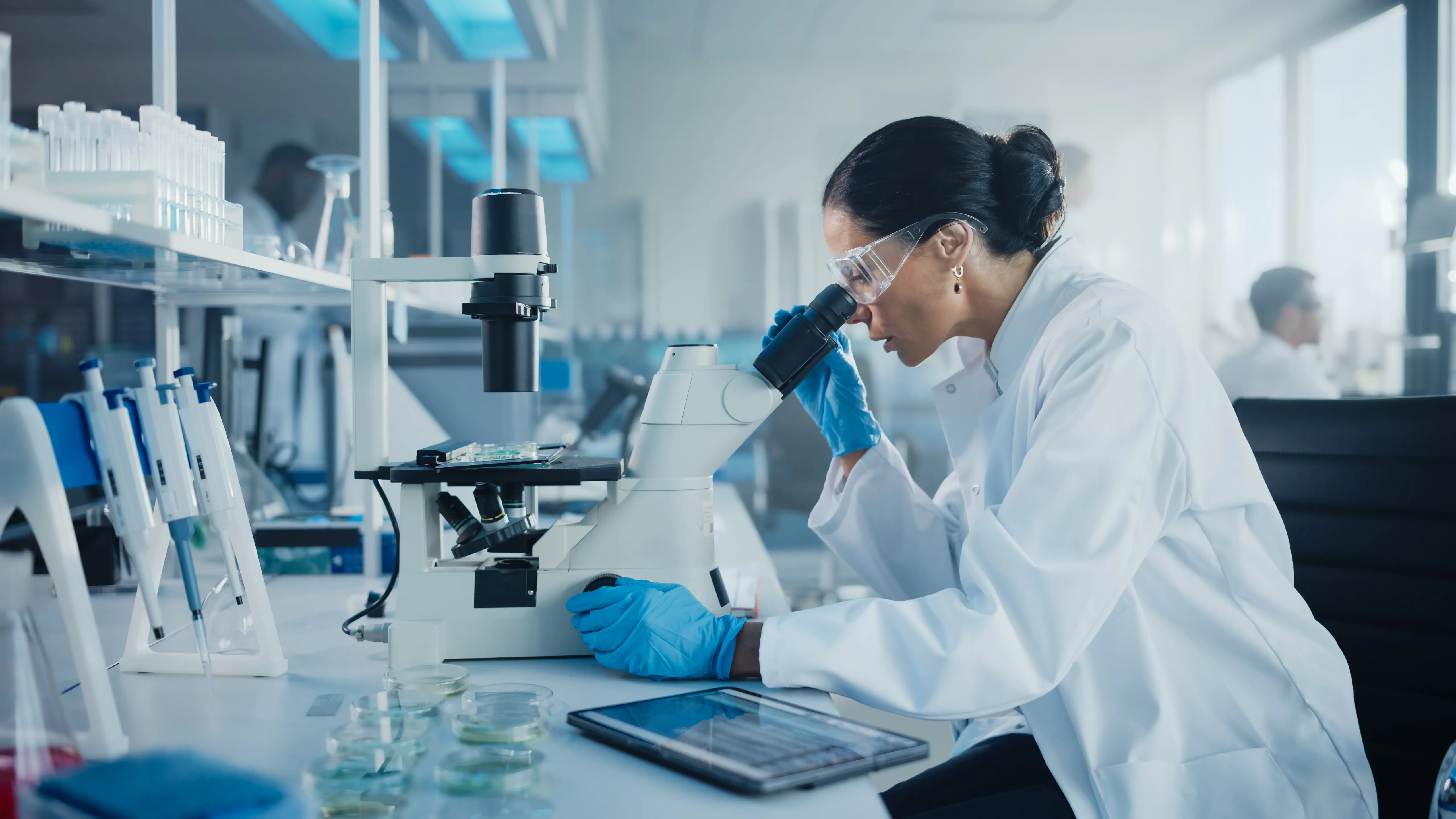

Discovery to Delivery
› Solutions ›Biological Safety Levels (BSL)
A biosafety level is a set of biocontainment precautions required to isolate dangerous biological agents in an enclosed laboratory facility. The levels of containment range from the lowest biosafety level 1 (BSL-1) to the highest at level 4 (BSL-4). In the United States, the Centers for Disease Control and Prevention (CDC) have specified these levels.
At the lowest level of biosafety, precautions may consist of regular hand-washing and minimal protective equipment. At higher biosafety levels, precautions may include airflow systems, multiple containment rooms, sealed containers, positive pressure personnel suits, established protocols for all procedures, extensive personnel training, and high levels of security to control access to the facility.
|
BSL |
Agents |
Practices |
Primary Barriers and Safety Equipment |
Facilities (Secondary Barriers) |
|
1 |
Not known to consistently cause diseases in healthy adults |
Standard microbiological practices |
No primary barriers required. PPE: laboratory coats and gloves; eye, face protection, as needed |
Laboratory bench and sink required |
|
2 |
Agents associated with human disease Routes of transmission include percutaneous injury, ingestion, mucous membrane exposure |
BSL-1 practice plus: - Limited access - Biohazard warning signs - “Sharps” precautions - Biosafety manual defining any needed waste decontamination or medical surveillance policies |
Primary barriers: - BSCs or other physical containment devices used for all manipulations of agents that cause splashes or aerosols of infectious materials
PPE: Laboratory coats, gloves, face and eye protection, as needed |
BSL-1 plus: - Autoclave available
|
|
3 |
Indigenous or exotic agents that may cause serious or potentially lethal disease through the inhalation route of exposure |
BSL-2 practice plus: - Controlled access -Decontamination of all waste -Decontamination of laboratory clothing before laundering |
Primary barriers: - BSCs or other physical containment devices used for all open manipulations of agents
PPE: Protective laboratory clothing, gloves, face, eye and respiratory protection, as needed |
BSL-2 plus: - Physical separation from access corridors - Self-closing, double-door access - Exhausted air not recirculated - Negative airflow into laboratory - Entry through airlock or anteroom - Hand washing sink near laboratory exit |
|
4 |
Dangerous/exotic agents which post high individual risk of aerosol-transmitted laboratory infections that are frequently fatal, for which there are no vaccines or treatments Agents with a close or identical antigenic relationship to an agent requiring BSL-4 until data are available to redesignate the level Related agents with unknown risk of transmission |
BSL-3 practices plus: - Clothing change before entering - Shower on exit - All material decontaminated on exit from facility |
Primary barriers: - All procedures conducted in Class III BSCs or Class I or II BSCs in combination with full-body, air-supplied, positive pressure suit |
BSL-3 plus: - Separate building or isolated zone - Dedicated supply and exhaust, vacuum, and decontamination systems
|
Esco Healthcare offers a wide range of innovative and cost-effective GMP turnkey containment solutions to cater even the most critical lab/ manufacturing processes. Through its 4 core technologies (Isolation Containment, Airflow Containment, Cross-Contamination Facility Integrated Barrier, and Ventilation Containment), and along with its mission to create a safe industrial work environments for operator protection and for the integrity of the products, Esco Healthcare enables pharmaceuticals, nutraceuticals, and cosmeceuticals to comply with the internationally accredited cGMP, as well as, industrial, environmental, and health and safety standards.
References:
Stony Brook University. (n.d.). Biosafety Levels. Retrieved from: https://ehs.stonybrook.edu/programs/laboratory-safety/biological-safety/biosafety-levels
U.S. Department of Health and Human Services. (2009). Biosafety in Microbiological and Biomedical Laboratories (5th ed.). Retrieved from: https://www.cdc.gov/labs/pdf/CDC-BiosafetyMicrobiologicalBiomedicalLaboratories-2009-P.PDF
Sign up to our newsletter and receive the latest news and updates about our products!
